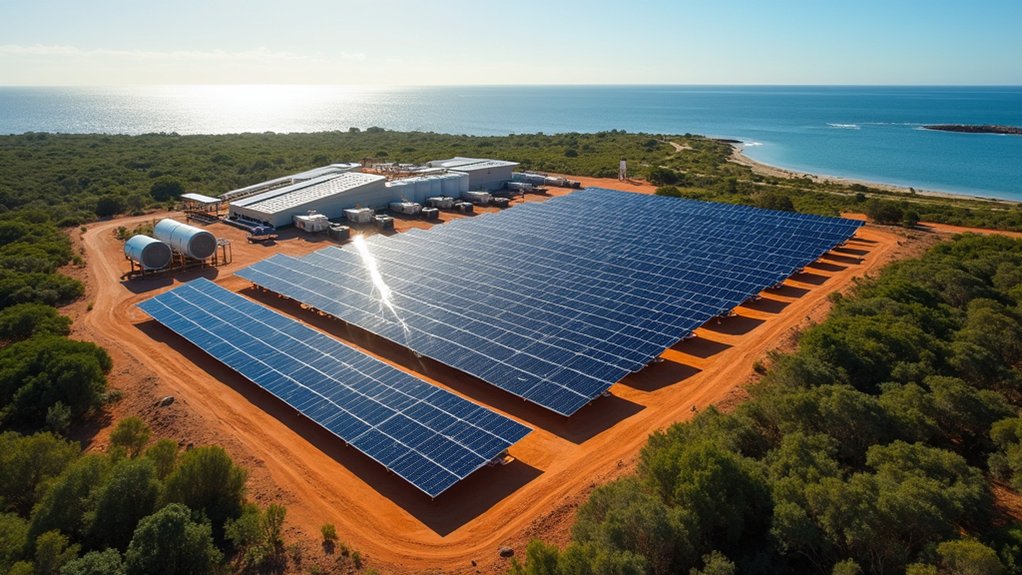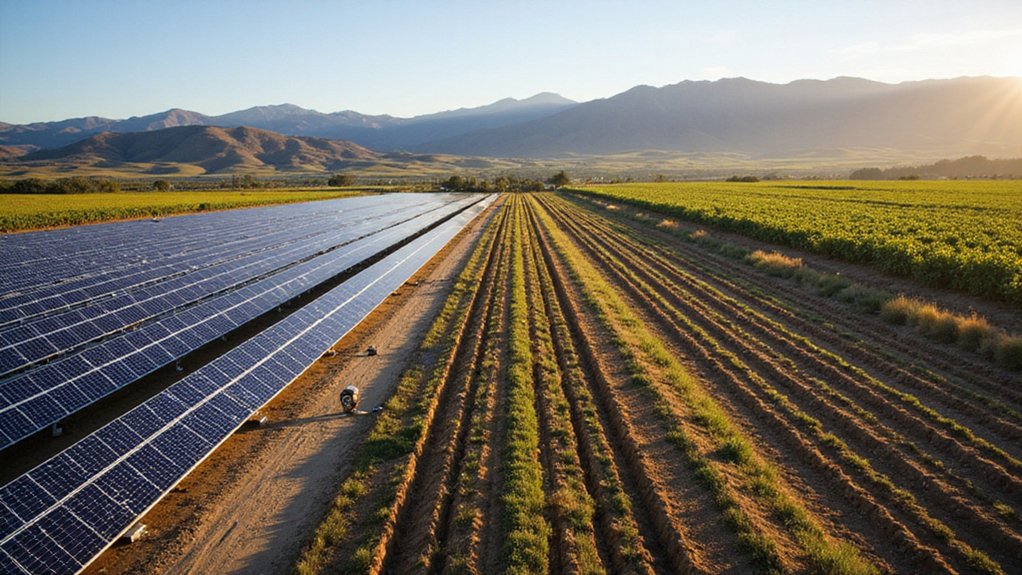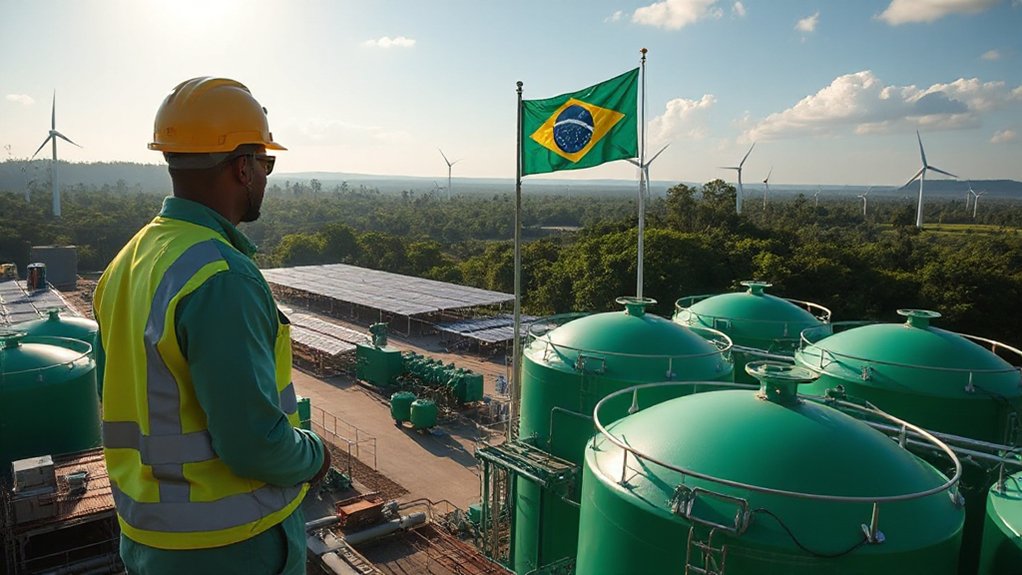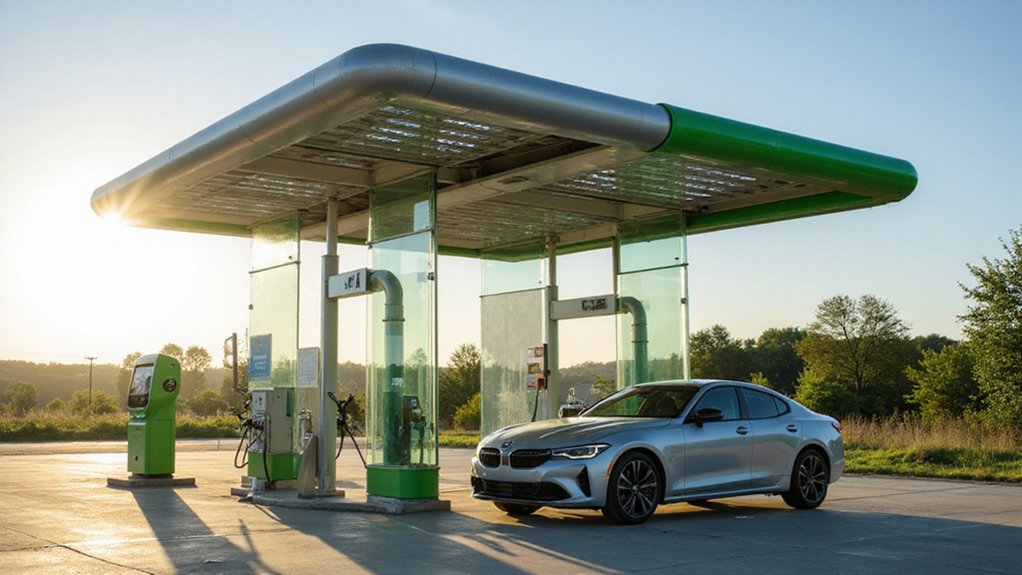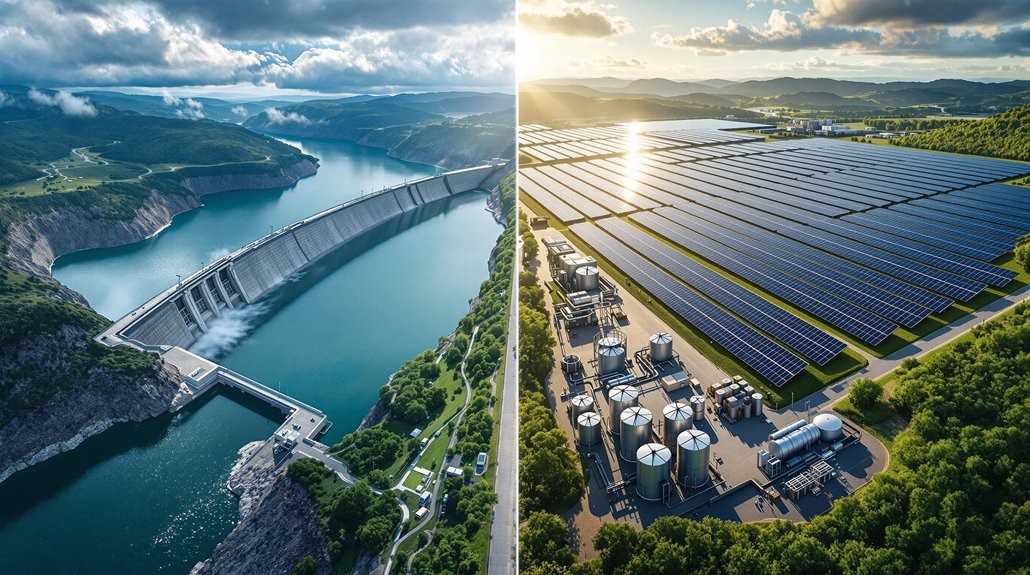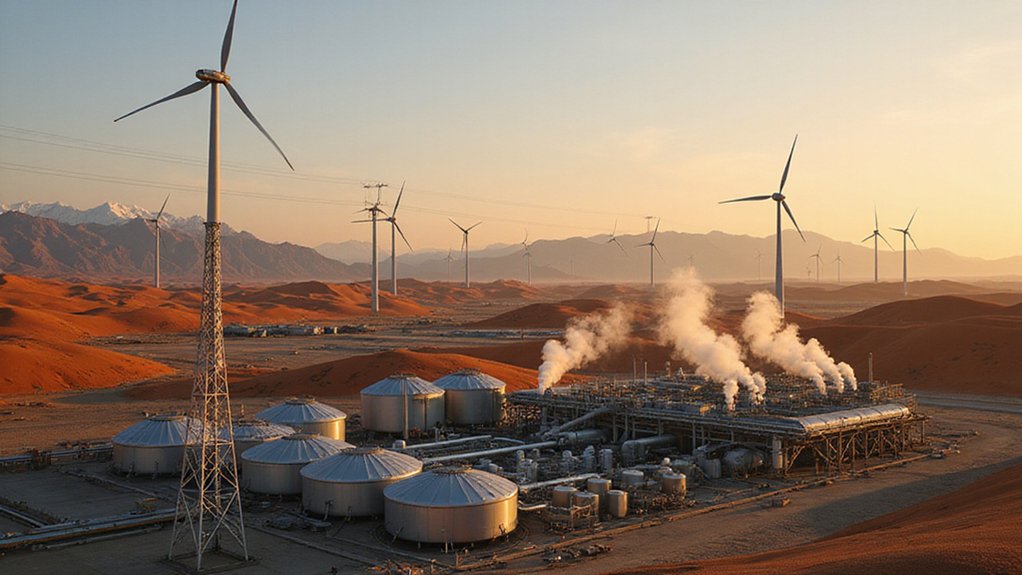The H2Xport Pilot Plant at Queensland University of Technology is transforming seawater into clean hydrogen fuel using renewable energy. Located 30 kilometers southeast of Brisbane, the $7.5 million facility won the 2025 Smart Energy Excellence Award. It operates on a 50 kW capacity with three solar technologies and two electrolyser types. The plant preserves freshwater resources while supporting decarbonization efforts. This breakthrough represents a significant step toward sustainable fuel production.
Sunshine is powering a groundbreaking hydrogen production facility in Queensland, Australia. The H2Xport Pilot Plant, located at Queensland University of Technology’s Redlands Research Facility about 30 kilometers southeast of Brisbane, is turning rain and seawater into clean hydrogen fuel using only renewable energy.
The first stage of this innovative project is valued at $7.5 million (USD 4.8 million) and has already earned recognition by winning the 2025 Smart Energy Excellence Awards in the Zero Carbon Hydrogen category. The plant’s impressive technical achievements were recently published in the Energy Storage and Applications journal, which detailed how their 50 kW system operates.
Award-winning $7.5M hydrogen plant showcases groundbreaking 50kW system using pure renewable energy to produce clean fuel.
What makes this facility special is its test platform that combines three types of solar technology, three battery systems, and two different electrolyser technologies. The solar arrays can produce up to 1,000 Vdc through special Fronius inverters that maximize power output.
The setup includes a 25 kW concentrated photovoltaic prototype, a 3 kW single-axis ground-mounted array, and a 23 kW rooftop installation. All solar panels face north to catch prime sunlight, with a total generation capacity exceeding 50 kW.
The system connects to battery storage units that help stabilize the variable solar power before it’s used for hydrogen production. This approach aligns with the DOE’s Hydrogen Shot initiative that aims to significantly reduce production costs to $1 per kilogram within a decade. This hybrid microgrid can switch seamlessly between different power sources as needed.
The plant’s electrolysers use the solar electricity to split water molecules, even seawater, into hydrogen and oxygen. Similar to the Central Queensland Hydrogen Project, this facility aims to support decarbonisation objectives for hard-to-abate industries. Researchers are testing various configurations to find the most efficient setup for hydrogen production and storage.
Early results show the system can successfully produce hydrogen from non-drinkable water sources, which is important because it doesn’t deplete valuable freshwater resources.
The project brings together university, government, and industry partners who are working to scale up this technology. The facility serves as a valuable training ground for developing future hydrogen experts in the clean tech sector. The H2Xport Pilot Plant represents an important step toward commercial green hydrogen production that could help reduce carbon emissions while creating a renewable fuel source for the future.
References
- https://www.pv-magazine-australia.com/2025/05/01/queensland-pilot-plant-turns-seawater-to-hydrogen-using-solar-energy/
- https://www.stanwell.com/central-queensland-hydrogen-CQ-H2
- https://research.csiro.au/hyresource/sun-metals-hydrogen-queensland-sunhq-project/
- https://reneweconomy.com.au/australias-most-advanced-green-hydrogen-project-hangs-in-balance-after-state-lnp-pulls-support/
- https://www.pv-tech.org/jinkosolar-supplying-topcon-modules-for-10gw-green-hydrogen-project-in-the-northern-territory-australia/
